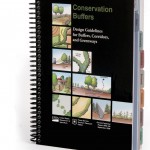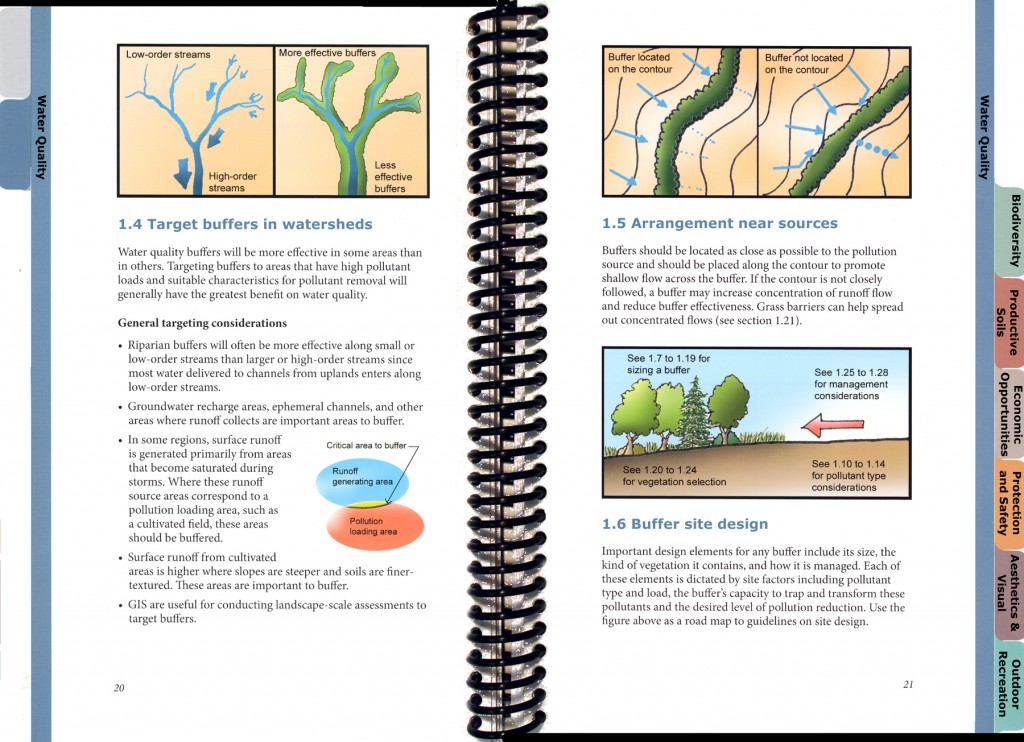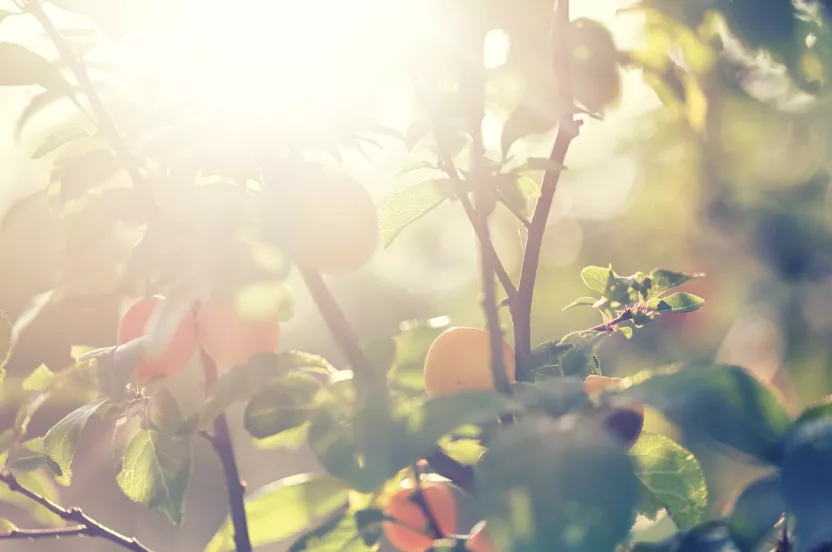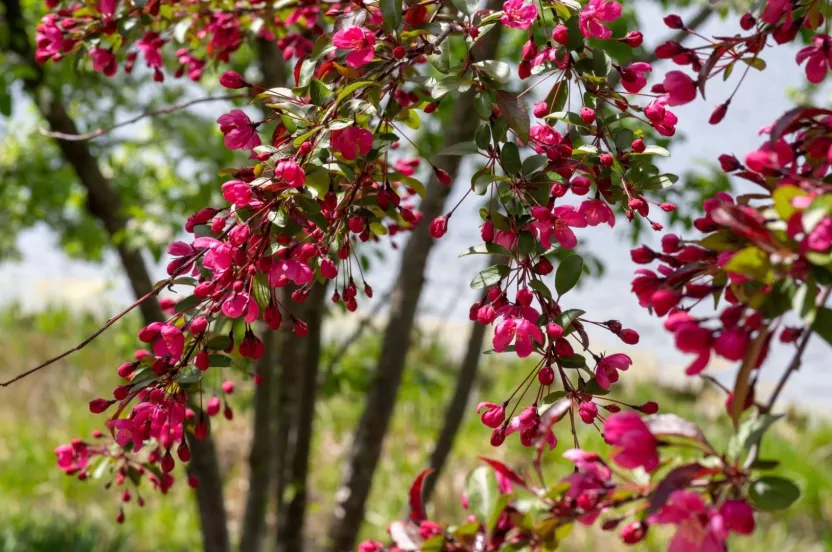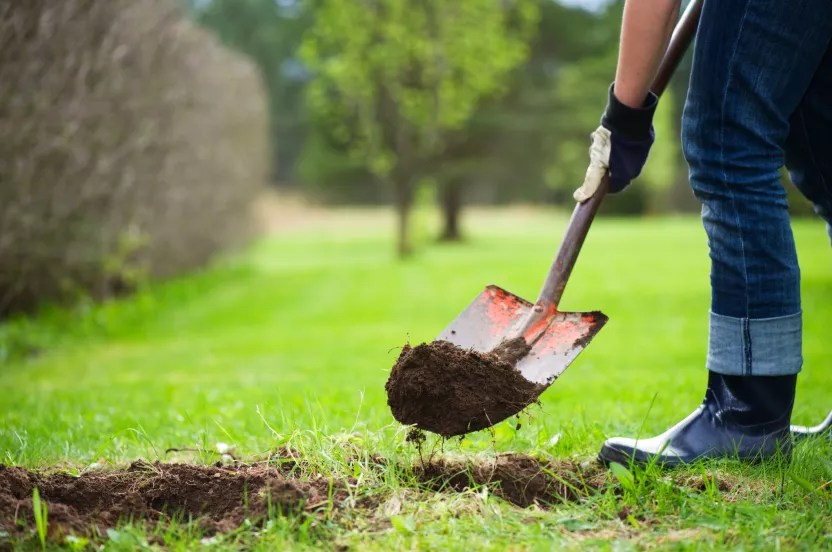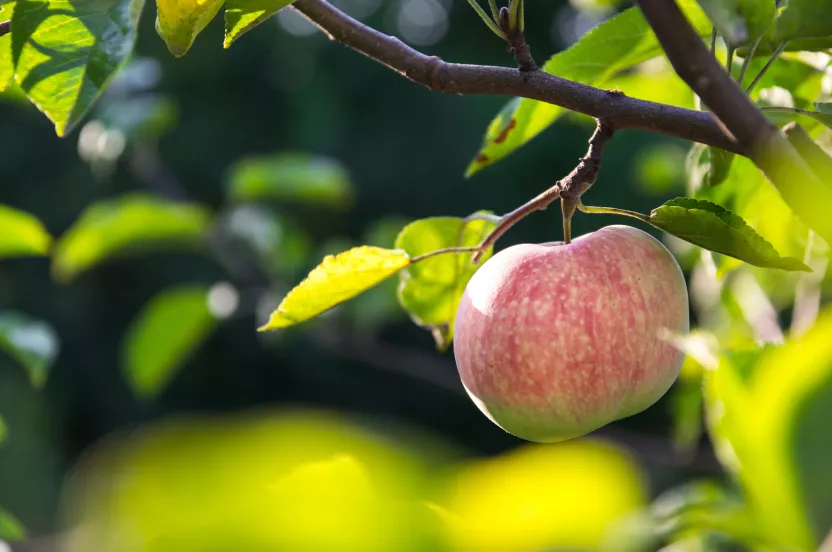The Arbor Day Foundation is pledging 10 million trees to areas impacted by hurricanes Helene, Milton Help us replant
The USDA National Agroforestry Center’s publication, Conservation Buffers: Design Guidelines for Buffers, Corridors, and Greenways offers over 80 illustrated guidelines for designing conservation buffers.
Conservation buffers are strips of vegetation placed in the landscape to provide a variety of ecological, economic, and social benefits to society. They are called by many names, including wildlife corridors, greenways, windbreaks, and filter strips to name just a few.
These guidelines have been condensed from over 1,400 research publications and are applicable nationwide and across rural and urban landscapes. You can find guidelines to help design buffers that:
- Improving air and water quality
- Protecting soil
- Enhancing fish and wildlife habitat
- Enhancing economic productivity
- Providing recreation opportunities
- Beautifying the landscape
With this comprehensive and field-friendly guide, users can assess the potential benefits and trade-offs a buffer might have on different resource concerns and then design buffers that can better provide multiple objectives while minimizing potential conflicts.
The 110-page spiral-bound guide is free to order at www.bufferguidelines.net. The Buffer Guide is also now available in Spanish and is a great resource to learn how to design and build conservation buffers to improve water quality, air, protect soil, and potentially add profitable income generating buffers.

